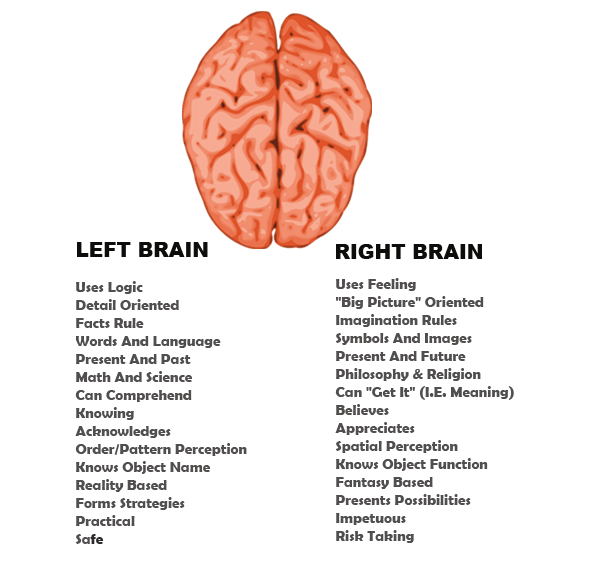Fingerprints & Brain Activation

Fingerprints are in fact directly related to how a baby's brain develops. In an embryo,
fingerprints typically appear between the 13th and the 19th week. From the thirteenth week
forward, fingerprints begin to form inside the embryo. In actuality, it forms by the 24th
week. Numerous studies have shown the relationship between fingerprint patterns and human
brain lobes.
Fingerprints and Brain Lobes
- Depending on the formation and quantity of ridge present in the fingerprints, brain lobes can be examined.
- The uniqueness of each person's finger prints was confirmed by medical professionals.
- Even identical twin newborns' fingerprints show distinct types of traits.
- It is known that fingerprints are a representation of human brain cells.
- The proportion and distribution of the brain's lobes affect fingerprint formation.
- Compared to gifted youngsters, those with learning issues have different fingerprints.
History of Dermatoglyphics & Multiple Intelligence
- The study of dermatoglyphics has a history dating back more than 200 years. In the 1970s, dermatoglyphics was primarily utilised to identify talented athletes for the Olympics.
- Dr. Harold Cummins is the creator of dermatoglyphics.
- Certainly, Dr. Harold Cummins is regarded as the founder of dermatoglyphics.
- He researched nearly every facet of fingerprint analysis across disciplines.
- Fingerprint patterns were utilised to find genetic illness using dermatoglyphics.
- Dermatographs have its roots in the Down syndrome hypothesis.
History of Multiple Intelligence Theory
- In 1983, Dr. Howard Gardner developed the concept of multiple intelligences.
- Every child is born with a variety of many intelligences, according to the Multiple Intelligence (MI. Theory)
- that was developed specifically for education and psychological problem solving.
- Teachers and parents ought to learn about it.
Reasoning behind Gardner M.I Theory
- Programs for teaching should appeal to many types of intelligence.
- People need to be convinced to apply their own preferred intellect to learning.
- Multiple types of intelligence should be evaluated in assessments for learning.

